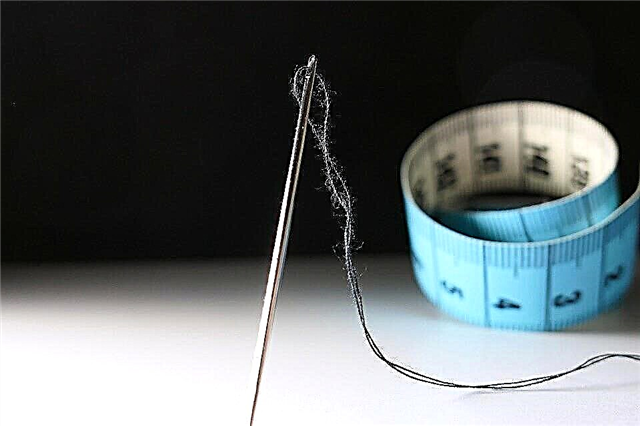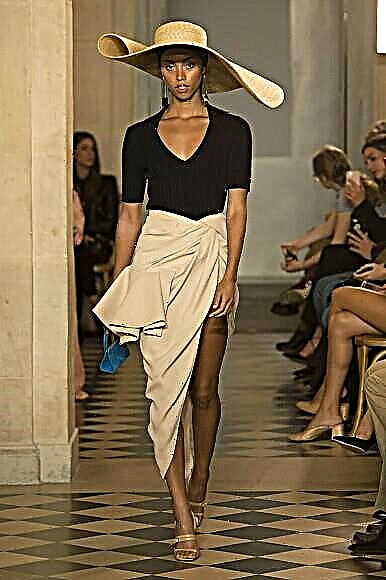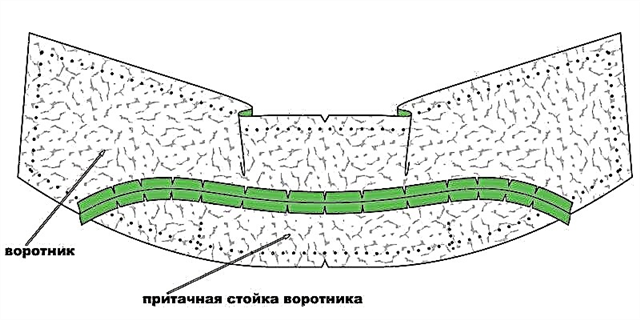Sewing and embroidery, darn and tapestry, "gypsy", they are also bag, for knitwear, for leather, for beads, for wool - we understand the variety of needles for handmade.
The choice of needle for needlework can be compared with how the artist selects a brush for work. Mastering the basics of one or another skill, one or two tools can be dispensed with. But the deeper we dive into the subject, the finer we feel the difference.

Photo: pixabay.com
An experienced seamstress or embroiderer can have hundreds of needles in store - of different lengths and thicknesses, with different tips and an eye. Needles can slide through the fabric with different ease, be harder, more resilient or flexible. Needles of the same size and purpose, made by different manufacturers, may be convenient for one person and not too suitable for another. In short, it is best to choose needles in practice - but remember about the presence of their main varieties.
Buy Prym needlework needle set (24 pcs) at BurdaStyle
The main types of needles for handmade:
1. Sewing needles - are considered universal: average length and thickness, ear size - not too big, not too small. In fact, a fairly general concept: for sewing different fabrics, it is better to choose a suitable needle.

Photo: astrotarot.net
2. Darn needles - long, with a sharp end. The thickness of the needle and the size of the eyelet is best chosen according to the thickness of the darning thread. To darn knitwear or knitwear, it is better to take the appropriate needle.

Photo: glowroad.com
3. Tapestry needles - with a large eye and a rounded end that does not pierce, but spreads the fibers of the fabric. Tapestry needles are sold under different numbers, the larger the number, the smaller the needle. Many embroiderers prefer to use tapestry needles for cross stitching (although there are also special needles for this type of needlework, see below).

Photo: spotlightstores.com
For starters: 18 sewing terms you need to know
4. Embroidery needles - for cross-stitching, the needles are short (up to 3 cm), the point is slightly rounded, the shaft is well-ground for free entry of the needle into the fabric, the eye is oval so that it is easier to insert multilayer mouline thread, well processed. For embroidery stitch needles should be sharper and longer.

Photo: akunamatatalife.com

Photo: jneedles.com
5. Chenille or chenille needles - designed for embroidery with ribbons. Looks like tapestry, but with a pointed tip.

Photo: rainbow-creations.co.uk
6. Needles for knitwear - can be of different lengths and thicknesses, with different ear sizes. The main feature is a rounded tip: just like tapestry needles, knit needles do not pierce but push apart fabric fibers, so there are no snagging or tearing of the threads on the knitwear.

Photo: apix-corp.ru
How to just open the seams of a typewriter, overlock and carpet
7. Needles for leather and fur - have a point with a trihedral sharpening, which is convenient to pierce, as if cutting, a thick dense material.

Photo: vso.com.br
8. For basting - As a rule, rather long thin needles with a sharp end and a small eye are used. Exceptions are work with knitwear, tapestry or other fabrics that require special needles.

Photo: ebay.com
9. Needles for wool - thick, medium length, with a rounded end and a wide oval ear. It is convenient to sew knitwear with such needles, embroider them, and so on.

Photo: pt.aliexpress.com
Hoops of different types: which to choose, how to use?
10. Needles for beads - thin, with a round eye, have the same thickness along the entire length (this is important when threading a needle through a bead with a thin hole). Some bead needles have a special flexible eye.

Photo: ibeadcanada.com
11. Special needles for work with application - extremely sharp needles, along the length of which very thin notches can be applied (notches are almost impossible to see, but they make it easier to slide the needle) or special spraying is done.

Photo: sew-shop.com
12. Needles for quilting - designed for manual quilting. These are short needles designed to sew small and neat stitches.

Photo: craftsy.com
French pattern: its features + cheat sheet with 23 ways to use
13. So called low vision needles - differ in the special device of an ear. The eye of the needle has a wedge-shaped recess, which is directed towards the tip. The thread is drawn through the wedge into the eye with a movement from top to bottom. Also, the thread in such a needle can be threaded in the usual way. Such needles are convenient not only for those who do not have sharp vision, but also for those who do not really like to bother with threading the thread into the eye.

Photo: lens-club.ru
14. "Gypsy needles", they are bag - thick (2−5 mm) and long (70−200 mm) for sewing and repairing products from coarse thick fabrics (canvas, canvas, burlap).

Photo: dickblick.com
15. Needles with a gold or colored eye - it is believed that the spraying of gold color gives better glide, so it is easier to thread a thread in such an eye. The multi-colored coating on the eye is rather a marker that helps to quickly find the right needle among others.

Photo: prym.com

Photo: sewandso.co.uk



